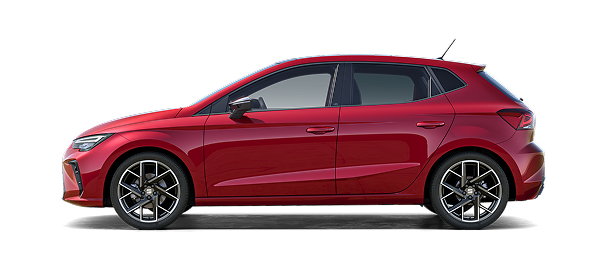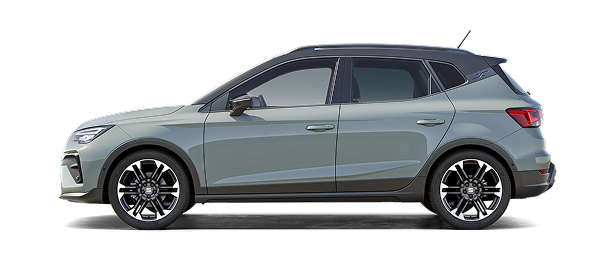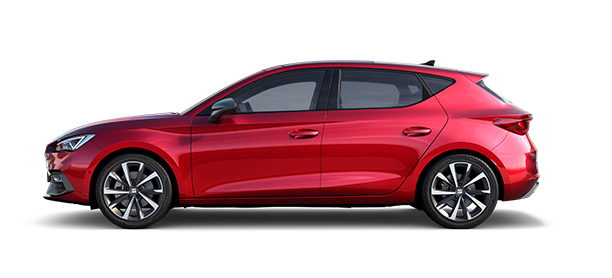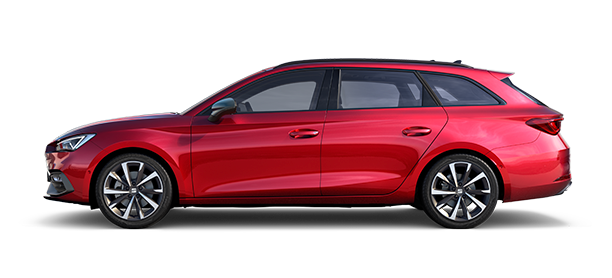In the world of motorsport, races are won on the track as well as in the workshops. One increasingly crucial aspect is electronics, which enables engineers to analyse a vast amount of data on the operation of the models. The electronic control modules on high-level competition cars and motorcycles are true digital brains. We visited the CUPRA and Ducati facilities in Martorell (Spain) and Bologna (Italy) to find out how they work:
Telemetry, a tool for winning
Both vehicles hold dozens of sensors that collect information in real time.
Each CUPRA TCR features 55 sensors that provide information on all kinds of parameters such as speed, the temperature of the tyres or engine operation. On the Ducati Desmosedici GP, up to 80 sensors register everything that takes place on the track. Continuous measurement is fundamental for both teams: “Our goal is to give our rider the best possible racing conditions by achieving maximum performance and guaranteeing safety”, explains Roberto Canè, who is Electronic System Director at Ducati Corse.
16 million instructions per second
This is the processing capacity of one of the four control modules on the CUPRA TCR. There are two modules in the engine and two more in the cockpit. “They are interconnected and operate in parallel to manage the engine, the electric system, onboard computer and gearbox”, specifies Xavier Serra, head of R&D at CUPRA. Likewise, the control module on the Ducati Desmosedici GP manages up to 10,000 parameters to measure the performance of the motorcycle at all times on the track. For example, it can control how the rear wheel responds depending on the track surface or weather conditions.
Competition electronics for everyday use
“The electronics on a production model CUPRA provide the basis for the system found on racecars”, points out Xavier Serra. The control module is adapted with the necessary functions for track racing, such as “speed limiters in the event that yellow flags appear on the track”, adds Serra.
Different rules, same goal
In MotoGP, all the teams rely on a common main control unit to manage the engine, gearbox and accelerator. Unlike on the racecars, the parameters can be modified on the motorcycles prior to each race. “We programme more power for the straights and gentler performance for cornering. There really is a broad range of modification possibilities”, assures Canè. On the other hand, the new touring car championship rules are very strict when it comes to electronics and engine management; traction control is forbidden and the ABS can only be engaged in endurance races such as the 24 hours of Nürburgring.
Work doesn't stop at the end of the race
A race weekend generates about 25 gigabytes of information, which the engineers carefully analyse afterwards. “We have to wait until the race is over to download the data and study how we can make our car better”, says Xavier Serra. “For us, the real race begins on Monday”, concludes Canè.













